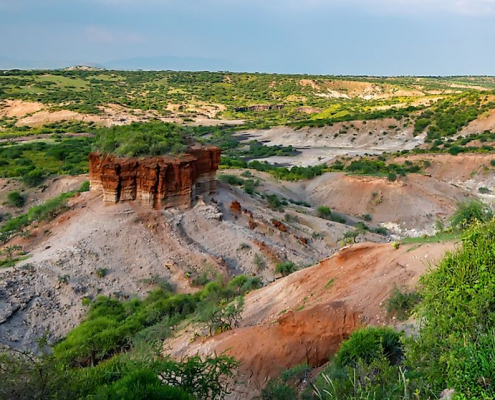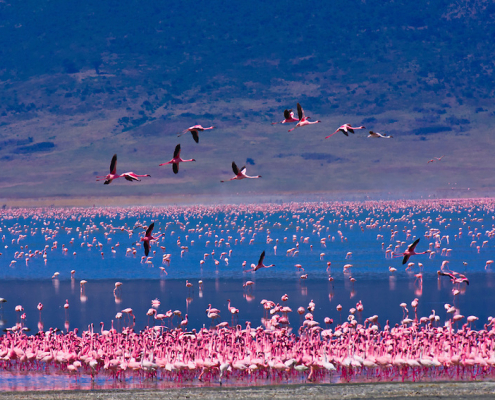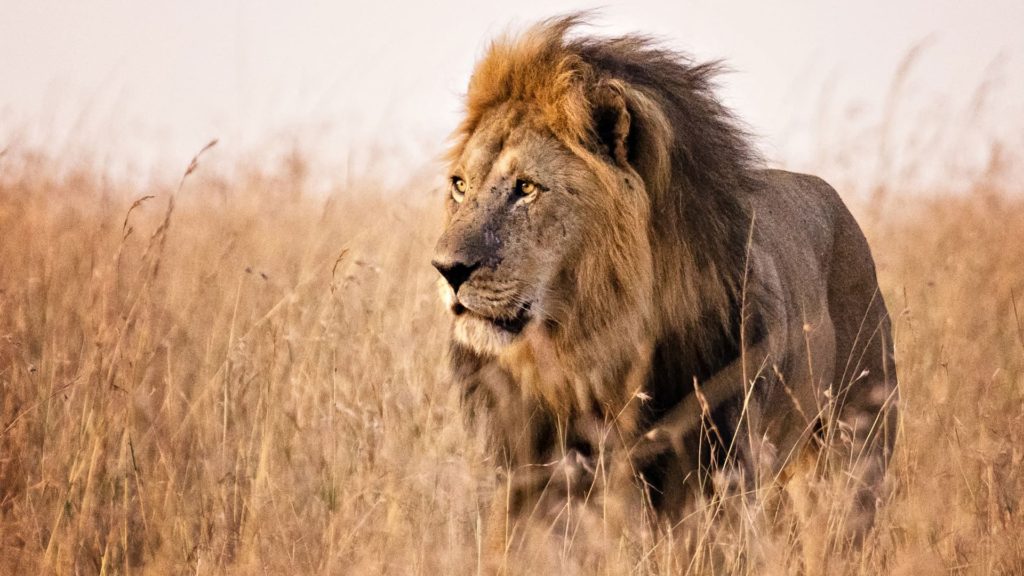Between Lake Manyara and Serengeti National Parks, the Ngorongoro Conservation Area is located around 190 kilometers west of Arusha. The Ngorongoro Conservation Area, which spans 8,292 square kilometers, includes the Ngorongoro Crater, the Olduvai Gorge and Ndutu, the Empakai Pit, and the Oldonyo Lengai Mountain. The Ngorongoro Conservation Area is a trailblazing experiment in multi-purpose land use, where people (the Maasai), their domesticated animals, and untamed species coexist in a secure area. Wild animals are protected in the same way as they are in National Parks.
Only untamed life is protected in the pits of Ngorongoro and Empakai, whereas the rest of the Conservation Area is shared by natural life, persons, and animals. The Maasai, the Ngorongoro’s original occupants, are pastoralists who travel far with their herds of steers, sheep, goats, and jackasses in search of pasture and water. The Maasai have recently been persuaded to work the land and augment their traditional diet of milk and meat.










